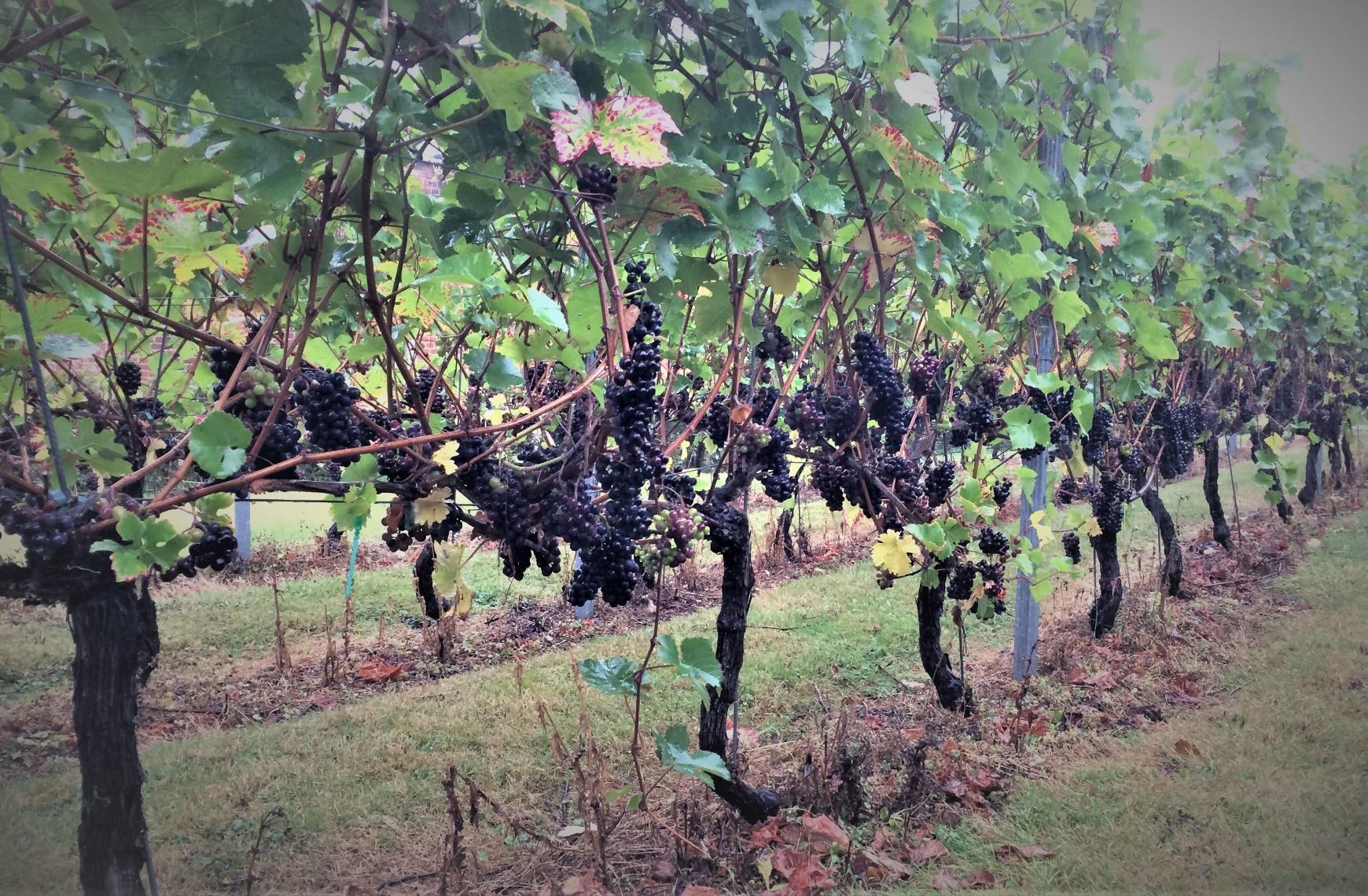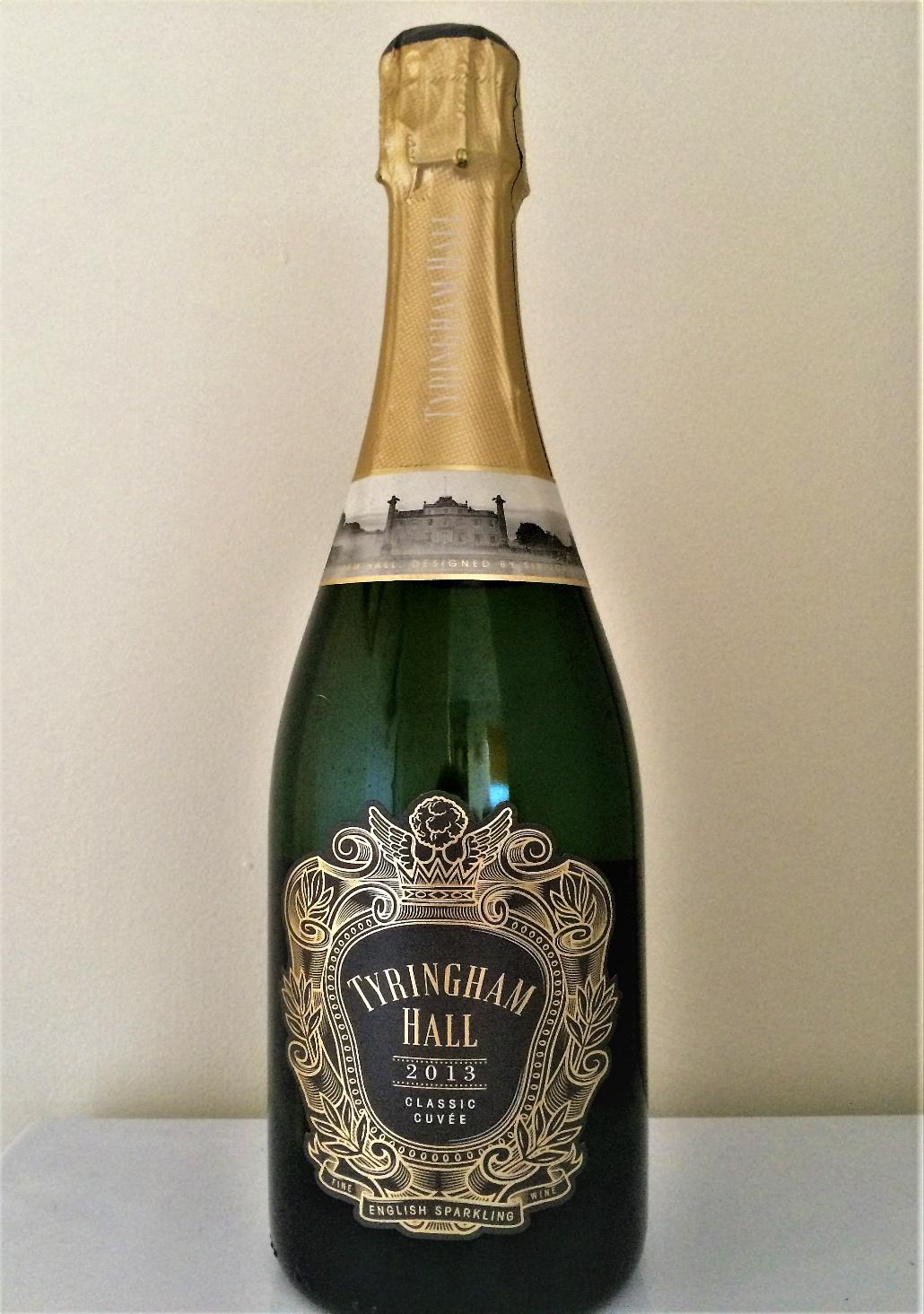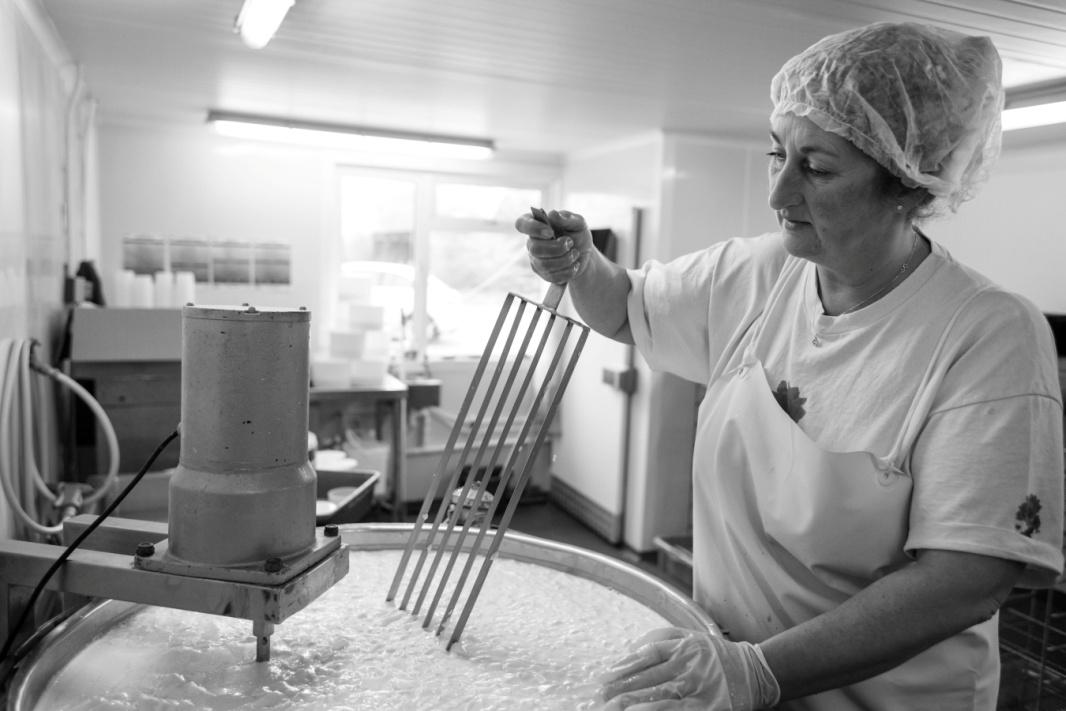
6 minute read
You want to grow WHAT?
The Mayor judged a children’s fancy dress competition. Entrants included little Bo-Peep, a Mexican Bandit, Red Indian and Pirates as well as a bride. During Saturday lunch-time girls from Teachers Training College put on a display of country dancing in Church Square.”
Dave Valentine also remembers some other Shuttleworth students activities on the Saturday. Brian Moore & Maurice Budden had table and chairs on the traffic island in the middle of High Street near the Town Bridge and played chess for hours, also in High Street was Stuart Cartmell with his fishing rod trying his luck down a road drain! A cage on wheels containing snarling P.E. girls was pulled up Silver Street by a team of 4 Shuttleworth Students.
You want to grow WHAT?
That would probably have been the response 20 years ago when a farmer’s son or daughter freshly back to the UK from New Zealand suggests that they would like to plant grapevines on the farm.
Today such a suggestion would be taken seriously; there are now 770 (and counting) vineyards and 160 wineries in the UK, mostly in the southern counties with the rest in Wales, the Midlands, Yorkshire and even Scotland. In the last four years over 5.2 million grapevines have been planted on approximately 1400 hectares bringing the total area to approximately 5200 ha with 65% of the total dedicated to sparkling wine production; the UK has gained a reputation for producing world-class sparkling wine!
It is worth mentioning that the UK is the hub of the global 6.3 billion dollar wine trade and that Manchester is home to the largest bottling plant in the world. This international import/export trade has been built up over centuries and now worth around £830 million per annum to the UK economy but Brexit threatens this when WTO and EU tariffs and custom rules come into force – or not. We shall see.
All commercial plantings in the UK are on phylloxera resistant rootstocks and must be registered with the Wine Standards Vineyard Register; private plantings below 0.1 ha are exempt.
Commercial wine producers need a Wine Producers Licence and have to pay Wine Duty for still wine between 1.2% and 22% ABV (Alcohol By Volume); for sparkling wines the parameters are 5.5% and 15% ABV. This pushes the cost of making the wine to around £5.00 per bottle for still wine and £9.00 per bottle for sparkling wine and explains why you can buy a bottle of imported wine for £5.00 in supermarkets.
Grapevines can be grown on just about all soil types with a suitable phylloxera resistant rootstock; the usual plant density is 3500 to 4000 plants/ha with 1.0 to 1.2 metres between plants in rows of 2.4 metres apart. A vineyard should be like a calf rearing shed in that it needs to be dry underfoot, sheltered but well ventilated. This is particularly important here in the UK with our temperate maritime climate that leads to high humidity levels in the growing season resulting in high disease pressure, with Powdery Mildew and Botrytis being the greatest threat, although advances in plant breeding have brought out more disease resistant
varieties e.g. Solaris and Regent. Other diseases include Downy Mildew, Phomopsis, Petri Disease to name a few; rabbits and deer eat young vines, thrips and capsid bugs are early season pests, while light brown apple moths, spotted wing drosophila, wasps and finally birds attack ripening grapes. As if that isn’t enough we have to contend with late frosts and thunderstorms with hail later in the year.
Grapes need 1000 day degrees (the accumulated average temperature above 10 deg C over the growing season) to ripen properly with 1390 optimum, but here in the UK that can be a struggle so this means that siting of the vineyard is paramount; below 100 metres altitude with a southerly aspect on a slope being ideal. I remember Bill Bedser telling us that every degree of south facing slope can add the equivalent of four (I think!) growing days per season. Global warming is having an overall beneficial effect but can throw in a few wobblies i.e. extremes of temperature, drought and rainfall.
Once a suitable site has been chosen and the soil prepared the GPS guided planter (below)
GPS Guided Planter in operation
moves in, trellising is installed and after three years of pruning and training the young vines the first small crop of around 2 t/ha can be harvested - if you’re lucky barring frosts and drought! All this will cost around £40,000/ha and it will be another 2-3 years before the vines reach commercially acceptable yields of 6-8 t/ha; in hotter parts of the world this sort of yield would be deemed a crop failure! Production costs are around £1500-£1800/ha with labour costs at £800/ha being the greatest component.
I mentioned phylloxera aka the vine louse that infects the roots and sometimes the leaves; this was introduced to the UK and Europe along with powdery mildew on imported American species in the 1840’s and proceeded to almost annihilate the European wine industry as the Vitis Vinifera plant from which most wines are produced has no resistance to these two pests. Luckily work by the Frenchman Planchon and American entomologist Riley led to the practice of grafting V.Vinifera onto American rootstock (Vitis Labrusca, Rupestris or Berlianderii) to counter phylloxera while the use of copper sulphate in Bordeaux mixture as a spray controlled the powdery mildew. The choice of rootstock for grafting is determined by the soil type that the vines are to be planted in, for the three American species can cope with a wide range of soils.
Once the vines are fully established after 6 years or so, good canopy management (essential in the UK) will give results like this:-
Pinot Noir, Tyringham Hall, Newport Pagnell 2019 (I was pleased with those!) You’ll perhaps notice how thin the canopy is; I’m guided by work done on canopy management at NIAB East Malling research vineyard.

Growing grapes in the UK can be immensely satisfying or cruelly disappointing and it’s all down to the weather (and good agronomy). The harvests of 2018/19 were good while this year has seen many inland crops lost to late frosts in mid-May, although those lucky enough to escape them have again had a good year.
Vast amounts have been written about viticulture and wine making so I won’t add any more; anyone wishing to learn about the subject will either go to Plumpton College or do a distance learning course as other colleges have yet to cater for the demand (as far as I am aware), so perhaps Shuttleworth and Warden Abbey (their website is worth looking at) could come to an arrangement?
Growing grapes is hard work all the way through from pruning to bud-rubbing (thinning excess buds), training, managing the canopy and then finally picking, pressing the grapes and making the wine, but I find it to be challenging, interesting, sometimes painful (sharp secateurs) but when it all goes well, you will end up with something like this and oh how satisfying and tasty! Nunc Bibendum!

Graeme Brown







